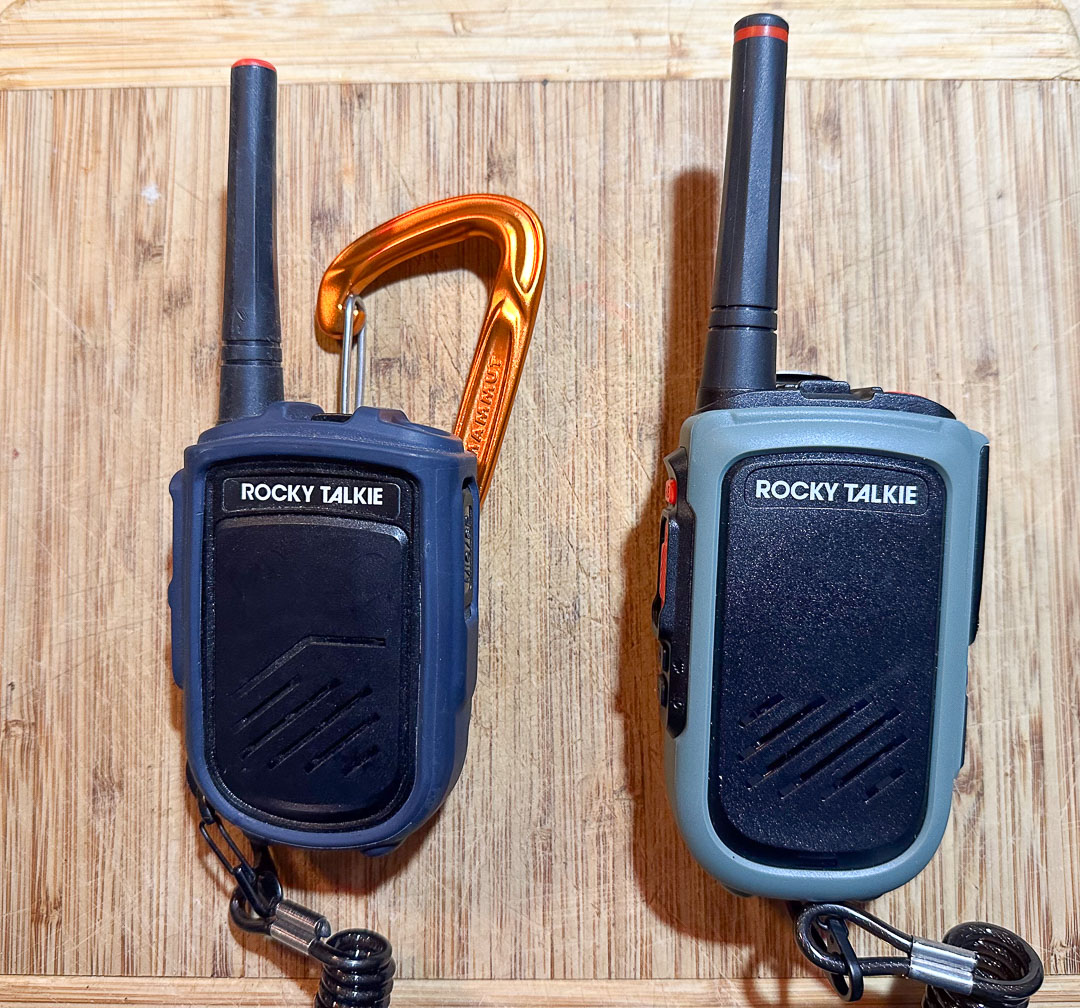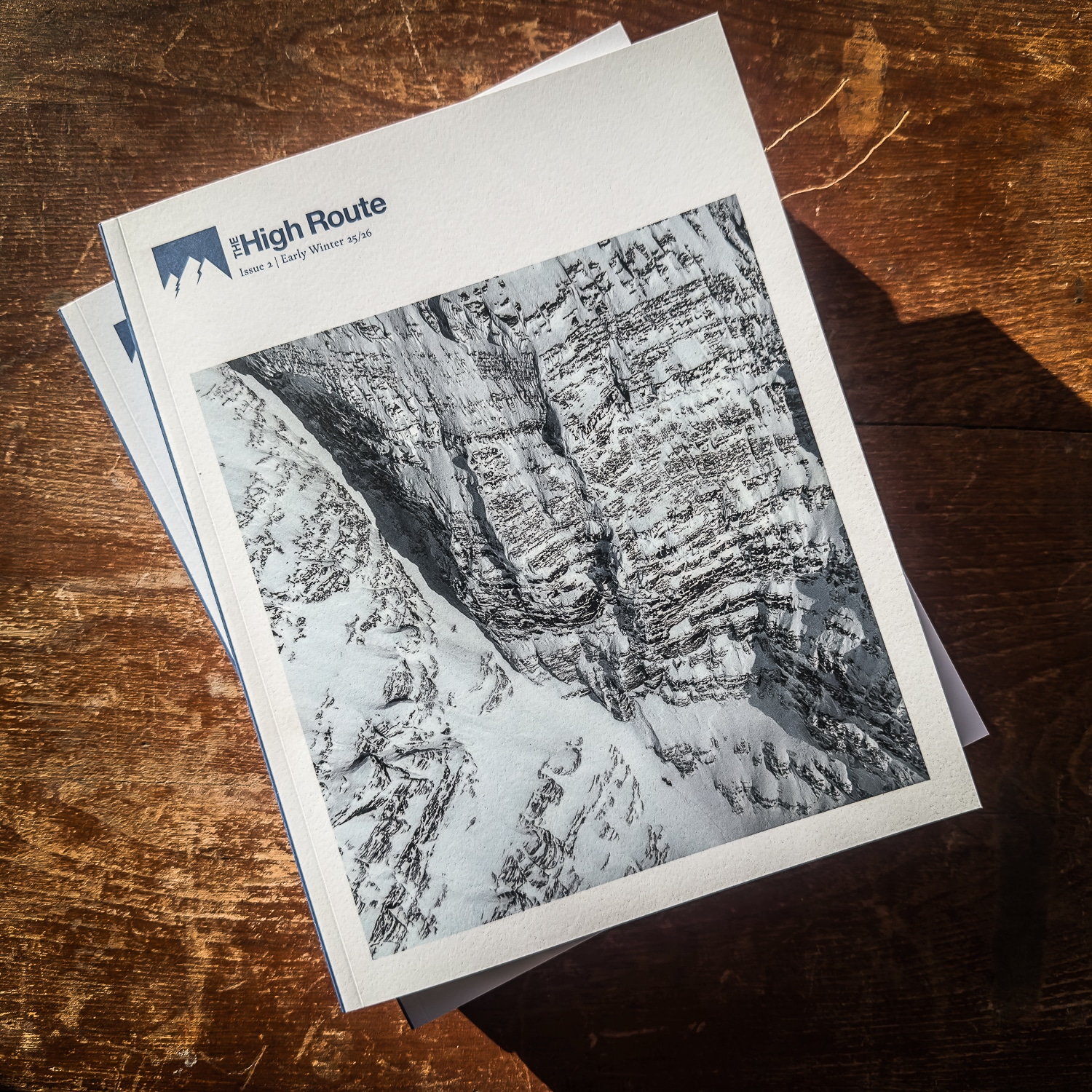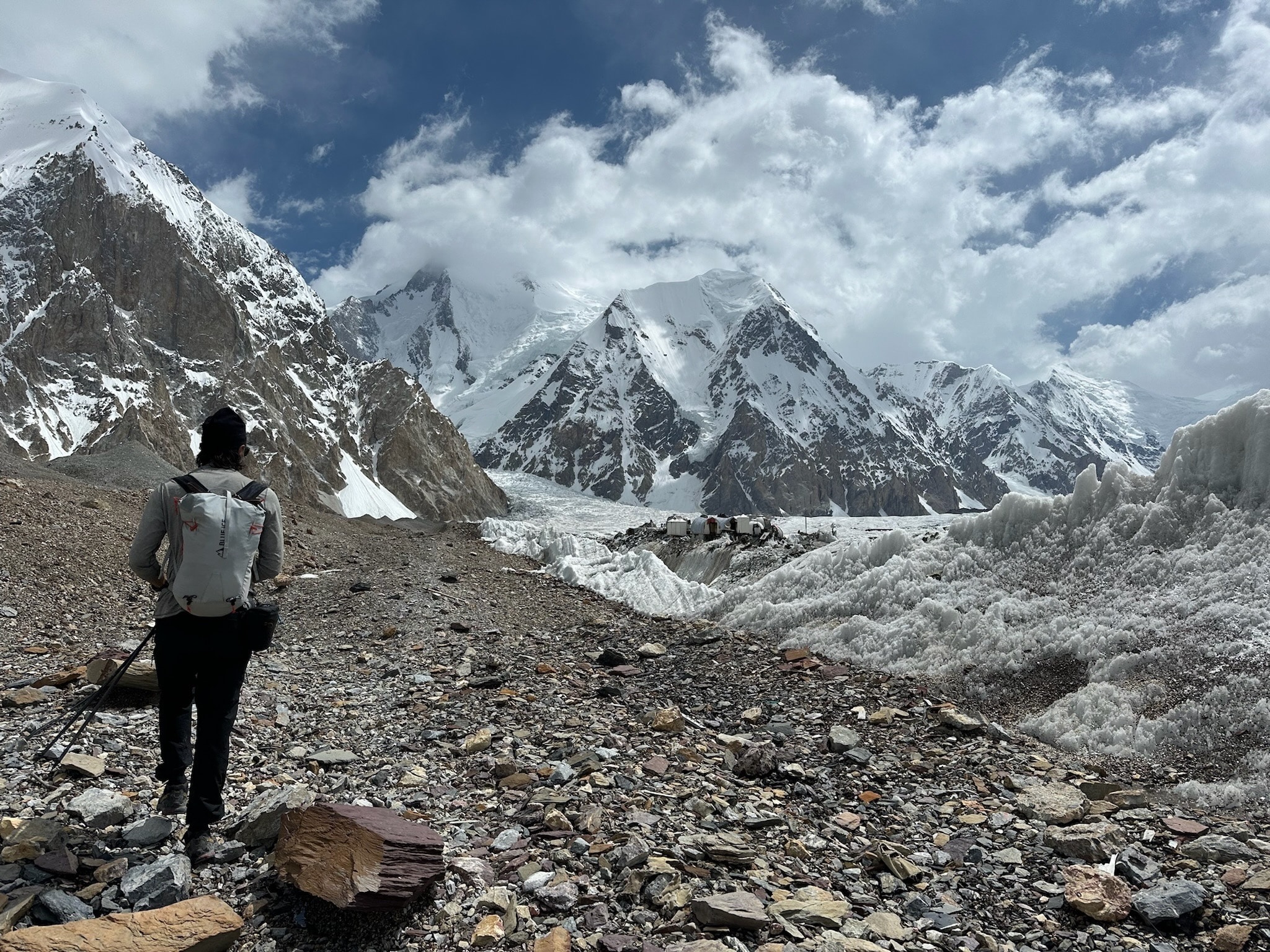We chat with Bryce Jones, co-founder of Rocky Talkie to learn more about how the company entered the outdoor sports scene and the development of the new 5 Watt Radio.
This interview has been edited for length and clarity.
THR: I recall messing around with some 1st or 2nd gen Motorolas—which were fine, I suppose, but not widely adopted in the backcountry scene (maybe it was poor marketing), and BCA came into the backcountry market with their well-received BC Link 1.0 and 2.0 radios. But I recall when the first Rocky Talkie radio dropped, from the aesthetics alone, with the carabiner and rugged body, I was a bit surprised a competitor focused on the broad umbrella of outdoor sports hadn’t entered the market sooner.
Bryce Jones from Rock Talkie: Well, it’s tough as a new company and brand. For a couple of years, Alex, my co-founder, and I definitely asked ourselves, “Why are we doing this? This is the most obvious idea in the world.” It did take a lot of work, but we’re happy with how it’s turned out.
THR: From a business standpoint, what do you feel was the tipping point regarding the community seeing this as a viable backcountry tool?
Jones: A lot of the initiative for launching the company revolves around the multi-pitch climbing side of things. Alex and I were climbing Castleton Tower—on that climb, the party above us had an accident due to a miscommunication. We were below them, and that was going on above us.
Alex and I used our Amazon-purchased radios as this was Alex’s first longer multi-pitch. That day, we started discussing why radios are not more common. And then, by the end of the day, our Amazon-purchased radios had died. We had a sense then why they weren’t more common.
They weren’t more common because of the user experience; they’re just not very convenient. We’d seen Jimmy Chin in Free Solo rig a carabiner on the back of a Motorola radio, but they’ve never been marketed specifically to climbers.
But when we launched the company, we figured some ski tourers would prefer our radio, but we didn’t know how many climbers would adopt it and figured that’d be pretty niche.
When we launched, it was interesting to go back and look at the Reddit threads or Mountain Project discussions around using radios and climbing. If you looked a couple of years before, when we launched in 2019, many were like, “no technology on the wall.”
Around when we launched, it was about an even split—some were opposed, some people claimed, “Why would you not?”
In the last couple of years, I wouldn’t say there was an exact tipping point, but having a good radio that’s also a good experience and is reliable, I think, has changed people’s minds.
And now, sometimes the discussion is if you’re doing certain types of climbing, you’re just putting yourself and your partner at unnecessary risk if you’re not carrying radios. From our perspective, the conversation has changed dramatically.
THR: What has been your experience, pros and cons, breaking into the backcountry ski community?
Jones: BCA definitely paved the way for us in identifying it as a critical safety tool. They did a really good job there. In the long term, some were looking for an alternative, reliable product at a reasonable price. Breaking into the backcountry ski market has been incredibly easy. We also didn’t have to do as much messaging about education as we do with other audiences. But, like any young company, we are still working on brand awareness and radio adoption.
THR: Let’s talk about the new 5 Watt Radio. From a market standpoint, other user outdoor user groups might demand a more powerful radio than the 2W FRS radios most of us are familiar with. When you began developing the new radio, what core market or user group did you have in mind?
Jones: The two things we were trying to improve were range and waterproofing. We designed the first radio for rock climbing and backcountry skiing. And still, I think, if you’re just doing those two sports, the first one is a great fit—we have had very few waterproofing fails, and the range is more than adequate in most situations, and it’s a lower profile.






Leave a Reply
You must be logged in to post a comment.